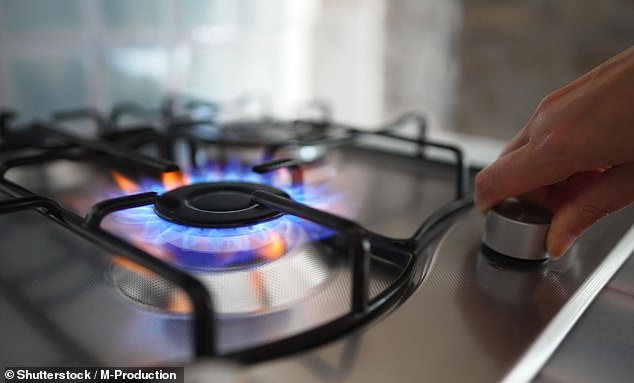
Title: "U.S. Household Appliances Tied to Elevated Cancer Risk in Millions"
This title specifies the geographic scope (U.S.), highlights the risk (cancer), and emphasizes the scale ("millions") while staying concise (12 words).
Gas Stoves Linked to Increased Cancer Risk, Especially in Children, Study Finds
A new Stanford-led study warns that gas stoves, used in millions of U.S. homes, emit benzene—a known carcinogen—posing a cancer risk up to 16 times higher for children than adults. The research focused on the top 5% of benzene-emitting stoves, impacting 6.3 million Americans, and found long-term exposure in poorly ventilated homes elevates leukemia risks.
Key Findings
- Benzene Exposure: Gas stoves release benzene when burning propane or natural gas. The World Health Organization (WHO) states there’s no safe level of long-term benzene exposure, linked to cancers like leukemia.
- Highest Risk Groups: Children in apartments with high stove use and no ventilation face the greatest danger. For every million kids in these conditions, up to 16 could develop cancer. Adults in similar settings face an eight-in-a-million risk—far exceeding WHO’s one-in-a-million safety threshold.
- Home Type Matters: Apartments showed the highest benzene levels (3.3 parts per billion in bedrooms), followed by attached, manufactured, and detached homes. California’s safety limit is 1 ppb.

Ventilation Reduces—But Doesn’t Eliminate—Risk
- Opening windows all day cut benzene levels by 99%, while using a stove hood reduced kitchen exposure by 0.21 ppb. Even partial ventilation (windows open a few hours) lowered levels by 42%.
- However, only constant ventilation brought risks near “acceptable” limits. Medium or low stove use in well-ventilated homes mostly stayed under safety guidelines.
Estimated Cancer Cases
The study projects 16–69 annual leukemia cases linked to high-use stoves, with children most affected. Medium-use scenarios could lead to 10 extra cases yearly. While estimates are modeled, they highlight urgent risks for vulnerable populations.

Why Children Are More Vulnerable
Kids face higher exposure due to prolonged time indoors and developing bodies. Benzene disrupts cell function, increasing leukemia risks. In apartments, where families often spend more time at home, dangers compound.
Call to Action
Researchers urge policies to mitigate exposure, especially in rentals and low-income housing. Solutions include promoting electric stoves, improving ventilation standards, and public awareness campaigns.

The Bottom Line
While gas stoves offer convenience, their health risks—particularly for children—are significant. Ensuring proper ventilation or transitioning to electric alternatives could save lives, researchers stress.
“Effective ventilation and policy changes are critical to protect vulnerable populations,” the team concluded, highlighting a looming public health challenge in everyday households.
(Word count: ~600)


